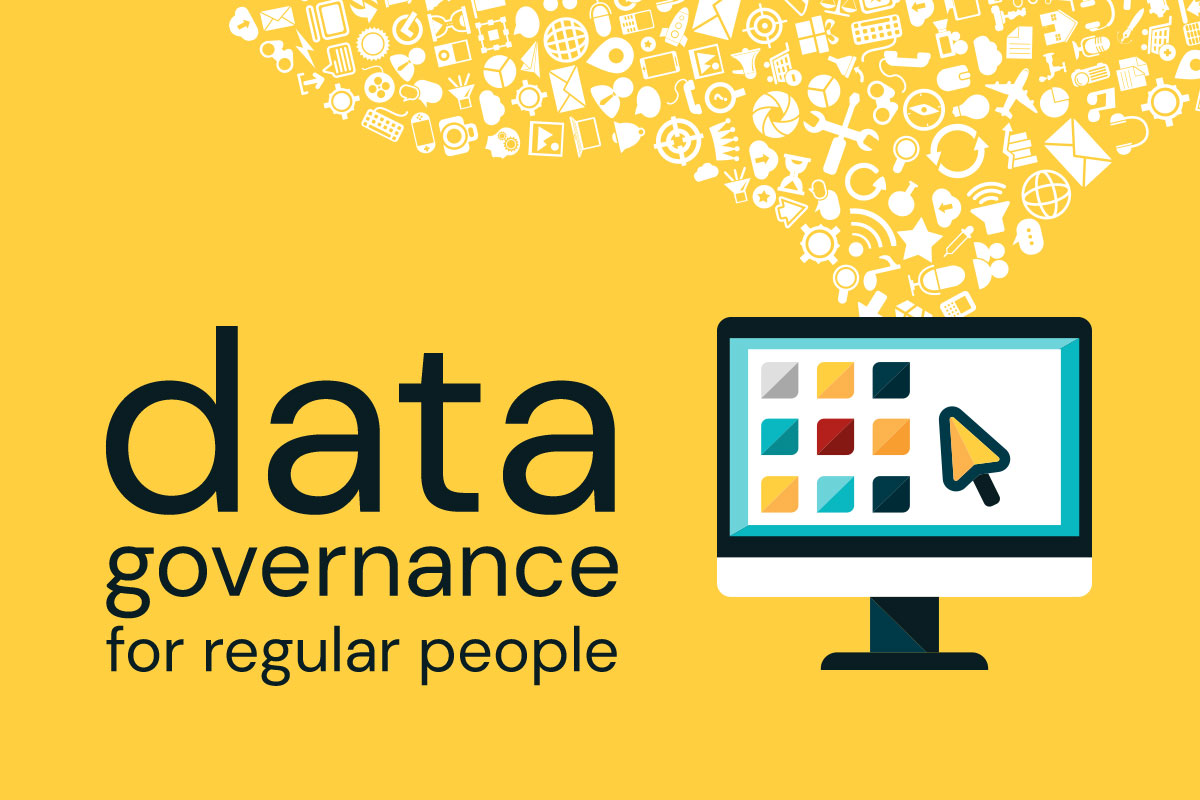Every time a kilobyte of data is generated, it becomes someone’s responsibility. You have to decide where to store it, whether to back it up, how to secure it, and even when to destroy it. Our team members who operate out of the same office have an extremely robust system for managing data, but because I work remotely, my data management must be done separately. Right now, I use a laptop with 2 Terabytes of storage as my primary device, backed up to Microsoft OneDrive and CrashPlan. As my laptop is nearly outgrown, it’s time to examine my own options for data governance.
A data governance programs must include:
- A governing body or council—in this case, me
- A defined set of procedures regarding data—which I’ll develop below
- A plan to execute those procedures—also below
Local Hard Drives
In our Laptop Buying Guide from 2015, we talked a little about solid state drives (SSD) versus traditional SATA hard disk drives, also known as platter drives. Because platter drives spin (like a record album!), they’re prone to mechanical failure. An SSD has no moving hardware and is much less likely to fail. But the most immediate advantage of an SSD is that it’s much, much faster. An application that used to take 45 seconds to load up now takes about 3 seconds. The downside of an SSD is the price. A two-terabyte SSD can run $500, where I’ve seen platter drives as low as $60.
Before you run away in horror, know that there’s a new kind of local hard drive we’re recommending that’s even more expensive: an NVMe. Non-Volatile Memory Express is a communications interface/protocol developed specially for SSDs by a consortium of vendors including Intel, Samsung, Sandisk, Dell, and Seagate. A two-terabyte NVMe is currently running about $1300. Ouch.
In my case, I plan to install a much less expensive 500 GB NVMe in one bay of my new laptop. The other bay currently houses a platter hard drive, so I’ll see how it goes with that for a while. If needed, I can always upgrade to an SSD.
I’ll be updating my current governance procedure. To data, I’ve kept all data on my local hard drive and backed it up to Crash Plan and OneDrive, but now I plan to keep retired or infrequently used client files on a network storage drive, and keep my laptop drives clean and mean.
Network Storage
If you have multiple people who might need access to a file (such as movies or music), we recommend a NAS (Network Attached Storage) device—and we especially recommend a type of NAS called a Synology. A Synology DiskStation usually contains four slots, so you can use some for redundant backups as well as networked storage. If one drive fails, it can easily be replaced. But more importantly, Synology Diskstation’s “Hybrid RAID” system allows you to lose one hard drive without data loss. For most people, that’s an acceptable level of risk.
Synology’s software is also quite user friendly—it’s reminiscent of Dropbox. You can configure it to back up to Amazon Web Services, which is pretty much the cheapest cloud storage solution available, and can cost about $0.0245 per gigabyte. The catch is that AWS is very user-unfriendly. The Synology does make it easier, and it’s inexpensive enough that I do not, at this point, need to worry about deleting data.
This is the new data governance policy in a nutshell. Do you have a data storage problem? Contact us!






